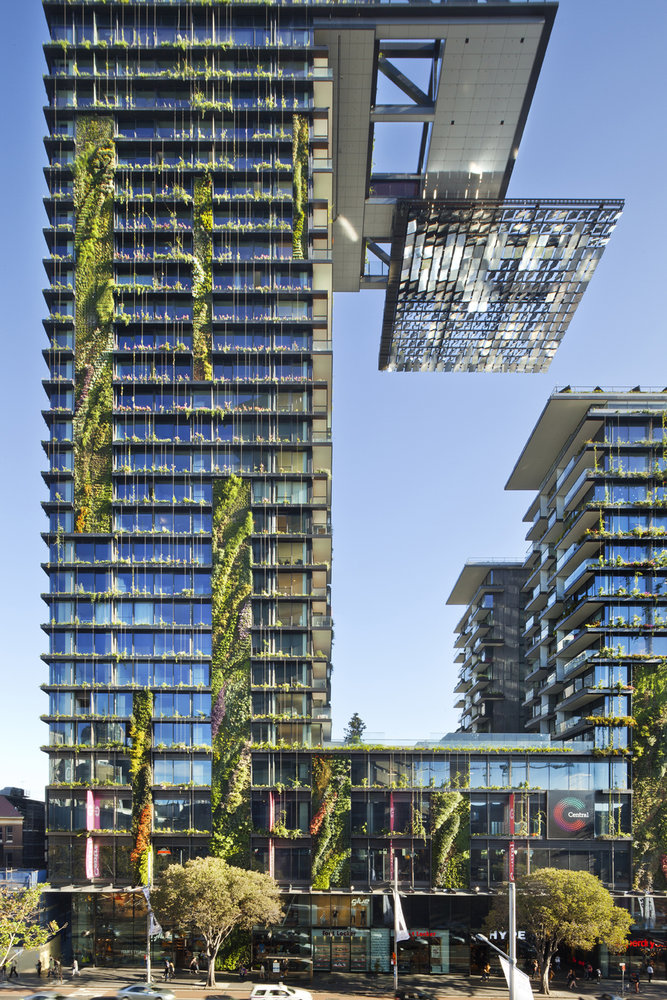[column width=”1/1″ last=”true” title=”” title_type=”single” animation=”none” implicit=”true”]
What if Manhattan’s infamously endless “days” were not cut off after a few short hours of light? The endless old buildings line up next to one another, crowding worse than businessman at Chipotle during lunch (half) hour. As much as organic food lovers and green lobbyists riot, our society is not going to revolt back to the Agricultural Revolution – skyscrapers and the impending megatall buildings, such as the Burj Khalifa, are here to stay.

Image via WNova.com
The glamour of the city would only increase with just a few more hours of that light ball that helps our bodies manufacture Vitamin D, a natural mood lifter. Architects at NBBJ have come up with a shape for mega-tall skyscrapers via a program called Rhinoceros. Rhinoceros helps them design paired buildings that mitigate one another’s shadows via refracted light.

Simulation via Wired.com
The designs vary the shape with curvature and reflective surfaces, calculating the path of the sun year round and determining the most effective designs.
Other uses for this amazing design include reducing heat and blocking the sun during the summer. One Central Park, in Sydney, Australia, has moveable mirrors that alternately reflect and block sunlight throughout the summer.

Image via CentralParkSydney.com
Megatall skyscrapers are just one of many engineering feats that we are looking forward to in the 21st century. Sun solutions such as these are the future of engineering – especially as we learn to integrate our rural and urban lifestyles. The sun is an important resource these innovative engineers have found a way to increase. Ramifications for the future include more ability to harness solar power, increasing sunlight in places where there is little sun available, and also reducing sunlight in harsh environments to make them livable. This is a major architectural step forward to more efficient living. Architects, how do you see yourselves applying this knowledge to your future designs?
References: Wired.com, CentralParkSydney.com, DiscoveryNews.com
[/column]








